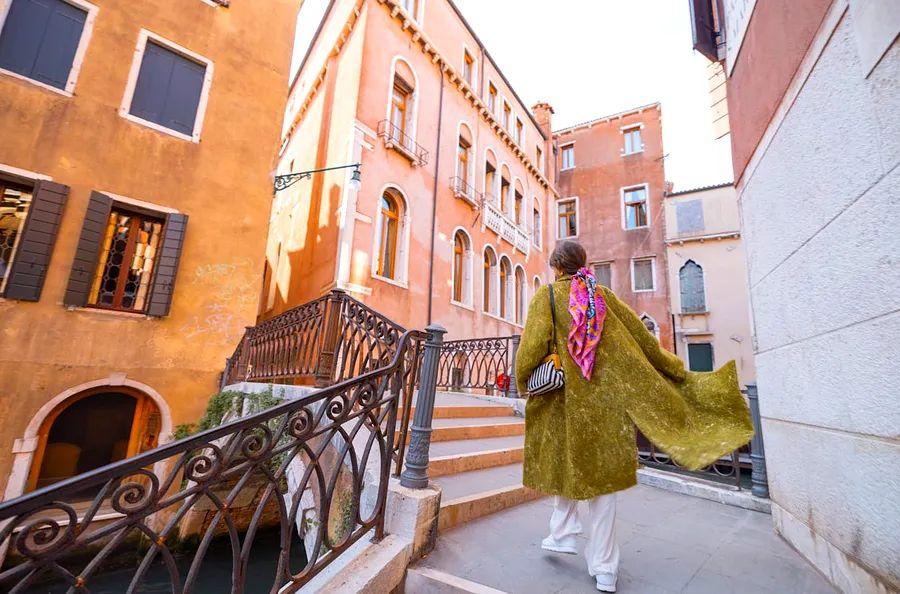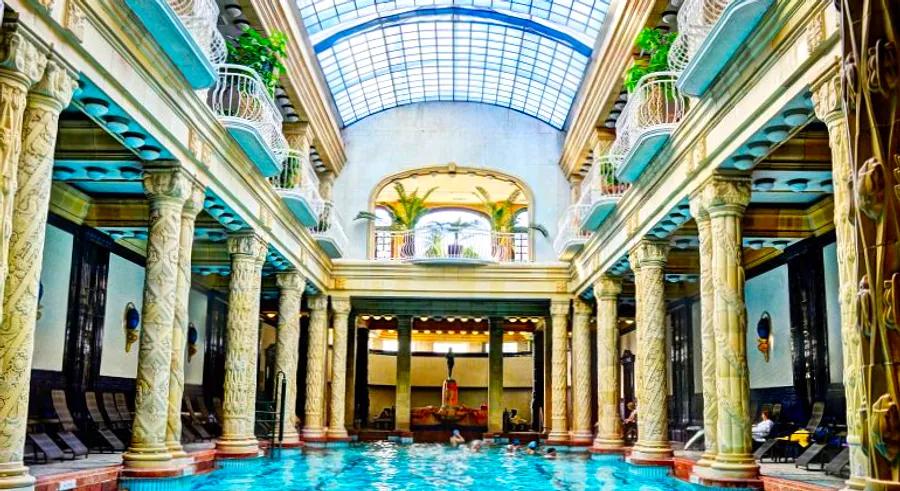Discovering Venice's top neighborhoods: a guide to the city's six sestieri

Venice consists of six neighborhoods, referred to in Italian as sestieri.
While all six sestieri embody the essence of Venice, each offers its own unique charm and character. This layout has largely remained unchanged since the Romans established one of their camps – or castrum – in the Lagoon.
Venice's street numbering system is notoriously perplexing. Each sestiere has its own numbering scheme, meaning building numbers continue throughout the neighborhood rather than stopping at the end of a street. This results in houses bearing very high numbers.
To further complicate matters, building numbers are often omitted from addresses, which only list the street name, neighborhood, and district number. This adds to the satisfaction of finally locating your destination – truly. Here’s our guide to the finest neighborhoods in Venice, detailing where to stay, have fun, and explore.
 The Grand Canal viewed from San Marco © NoSystem images/Getty Images
The Grand Canal viewed from San Marco © NoSystem images/Getty Images1. San Marco
Ideal neighborhood for iconic Venetian vistas
San Marco showcases the quintessential beauty of Venice. Named after the city's patron saint and serving as its heart since its inception, San Marco has it all. Looking for breathtaking landmarks? The Basilica, the Campanile, and the Palazzo Ducale are all within easy walking distance. Want to indulge in some shopping before heading home? Visit Calle Larga XXII Marzo, Venice's upscale shopping street, or the Fondaco dei Tedeschi, once a German merchant's palace and now one of the city’s premier shopping destinations.
San Marco is the perfect destination for those who appreciate centuries-old architecture and luxury, as well as the buzz of crowds—it's the most renowned area of an already illustrious city. It's also ideal if you prefer to explore on foot, with all the major attractions just a stroll away, minimizing the need for public transport.
 San Polo lies across the Grand Canal from San Marco © RossHelen/Getty Images
San Polo lies across the Grand Canal from San Marco © RossHelen/Getty Images2. San Polo
Ideal neighborhood for experiencing two distinct worlds
Just across the Canal Grande, San Polo is close enough to San Marco to relish its elegant palaces and stylish atmosphere, yet distinct enough to feel like its own unique enclave—perhaps due to being the smallest of the six sestieri. In San Polo, you can enjoy the best of both worlds—stay near the Canal Grande to appreciate landmarks on both sides of the water, like the Rialto Bridge, or wander through the charming alleyways and calles off the main thoroughfare, uncovering picturesque nooks and genuine pieces of Venetian history.
San Polo warmly invites those eager to indulge in gourmet delights. Be sure to visit the Rialto Market, which is divided into fresh produce and seafood stalls, open almost every morning (excluding Sundays) until around midday. San Polo is also a great spot to enjoy a delightful pre-dinner aperitivo followed by some vibrant post-dinner nightlife.
 The Peggy Guggenheim Collection is just one of the many art galleries found in this Venice sestiere © s74/Shutterstock
The Peggy Guggenheim Collection is just one of the many art galleries found in this Venice sestiere © s74/Shutterstock3. Dorsoduro and Giudecca
Top neighborhood for discovering Venice’s trendy side
Dorsoduro, the southernmost of the sestieri that includes Giudecca Island, is home to some of Venice’s most intriguing museums and vibrant universities. It hosts the renowned Ca’ Foscari University, celebrated in Italy for language studies, as well as the Venice Architecture Institute. Unsurprisingly, this area is a favorite among students, leading to a lively atmosphere filled with eateries and nightlife.
Dorsoduro has transformed into Venice’s own version of Soho. Explore the Peggy Guggenheim Collection and Pinault’s Punta della Dogana, and keep an eye out for the emerging smaller galleries in the neighborhood. This district has long attracted international second-home buyers, giving Dorsoduro a different vibe compared to nearby San Polo. It features charming boutique hotels, excellent dining options, and is renowned for its modern and contemporary art, making it a haven for art enthusiasts and a great spot for winter escapes as it enjoys the most sunshine in the city.
 Castello is home to the iconic Bridge of Sighs © Zu Sanchez Photography/Getty Images
Castello is home to the iconic Bridge of Sighs © Zu Sanchez Photography/Getty Images4. Castello
Top neighborhood for diving into the world of art
While Dorsoduro features some remarkable collections, many would argue that the true artistic epicenter of the city is Castello. Overlooking the Lagoon and offering a more serene atmosphere than the bustling San Marco, Castello is home to the Venice Biennale. From the Giardini della Biennale, with their renowned thirty pavilions—each representing a different country displaying their art every two years—to the venues within the Arsenale, the influence of the Biennale is felt throughout Castello.
History is also deeply rooted here; the Arsenale, where skilled artisans built various ships, established Venice as a maritime powerhouse, enabling it to dominate the seas for over a millennium. If you need a break from exploring, you can relax at the Parco delle Rimembranze, also known as the Sant’Elena pinewood, located at the tip of the sestiere with views of the Lido.
 Cannaregio is typically lively with locals © imageBROKER/Bildverlag Bahnmueller/Getty Images
Cannaregio is typically lively with locals © imageBROKER/Bildverlag Bahnmueller/Getty Images5. Cannaregio
Ideal neighborhood for experiencing local life
Cannaregio is the largest and most densely populated sestiere in Venice. Located close to the Santa Lucia train station, it buzzes with activity as commuters arrive from the mainland for their workdays and residents move about the city. Unlike the more touristy San Marco, Cannaregio retains a local, informal vibe, making it a wonderful spot to enjoy famous landmarks during the day and retreat to a quieter area (as quiet as Venice can be) at night.
This sestiere is also home to the historic Jewish quarter, where the Jewish community and their heritage continue to play a significant role—evident through the presence of two active synagogues, museums, and several kosher restaurants.
 The Chiesa di San Simeone Piccolo is impossible to miss and makes a trip to Santa Croce truly worthwhile © red-feniks / Shutterstock
The Chiesa di San Simeone Piccolo is impossible to miss and makes a trip to Santa Croce truly worthwhile © red-feniks / Shutterstock6. Santa Croce
Best neighborhood for day trips
Santa Croce is the only sestiere in Venice where vehicles and buses can freely circulate before they must halt due to the absence of roads and the prevalence of canals. It houses the Santa Lucia train station, serving as the primary gateway into the city for those arriving via the bridge from the mainland. This area is ideal if Venice is not your only destination, as it's a perfect starting point for day trips to other parts of Veneto or the beach locations both to the North and South of the city.
While Santa Croce may not be as visually striking as the other sestieri, it offers plenty of attractions to capture your interest—such as the Museo di Storia Naturale di Venezia housed in the historic Fondaco dei Turchi, the lively San Giacomo dell’Orio square, and the Palazzo Mocenigo, which features Venice’s museum of fashion history and is rumored to be haunted by the ghost of philosopher and writer Giordano Bruno.

1

2

3

4

5
Evaluation :
5/5